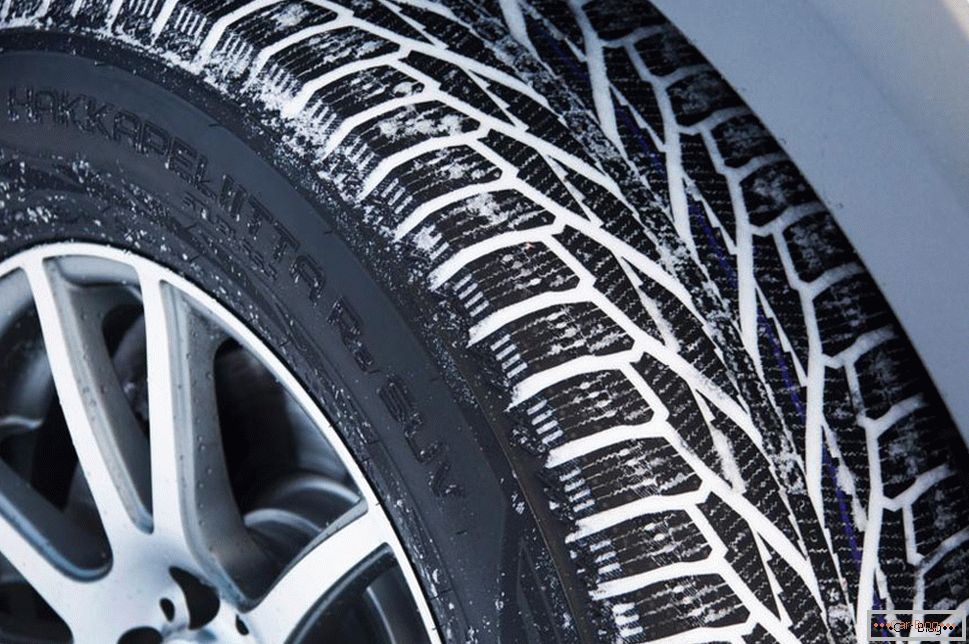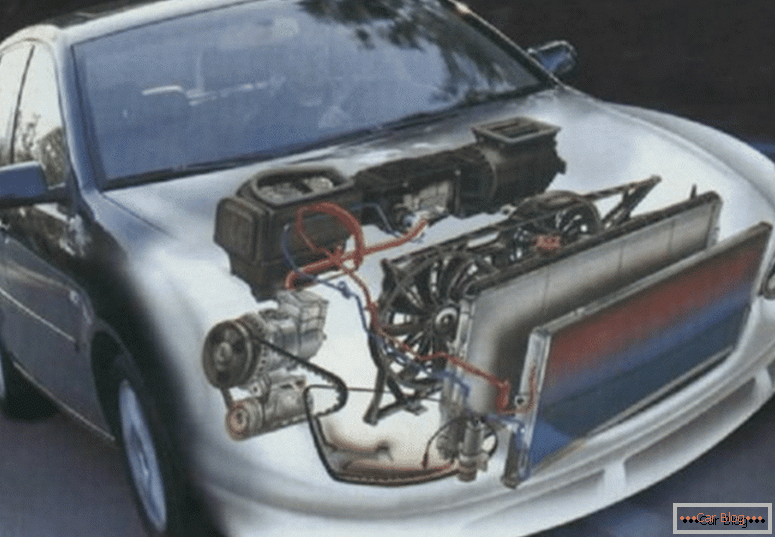Increasingly, car owners decide on a procedure such as washing the engine of their favorite car. To clean the power unit, of course, necessary, because it affects its condition and durability. But sometimes after water procedures, the motor gives the drivers a surprise - the engine troit or will not start. In order to respond in time to such a turn of events, it is necessary to understand what actions to take next.
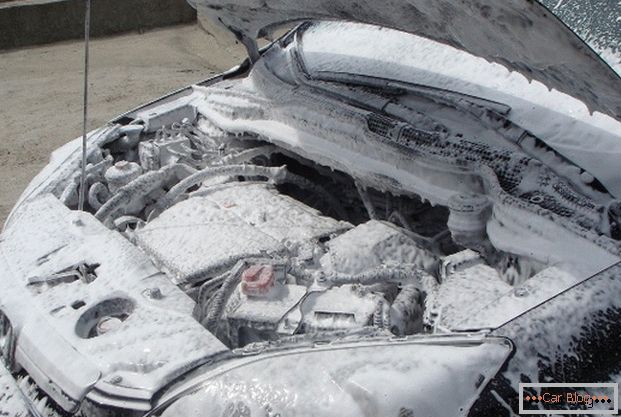
After washing the car, various faults may occur.
The reasons
It is necessary to understand what the phrase "motor troit" means. The construction is a failure in the engine, in which one and 4 cylinders cease to function normally. The consequence of such a malfunction can be an increased amplitude of the power unit and a constant vibration. At idle, a motor with a failed cylinder will operate unevenly, with dips.
Sometimes when driving with an engine in which only part of the cylinders are working, the car jerks noticeably. It also dramatically increases fuel consumption, power is lost, and problems arise with starting the engine, especially when washing the unit in winter.
There may be several reasons why, after washing, the power unit troit.
- During washing, water spilled into the candle wells. In this case, due to the presence of moisture, the candle cannot produce a spark, and the cylinder, as a result, fails.
- Problems with the engine may also arise due to the fact that after contact with an alkaline shampoo, the sensors are out of order.
- Sometimes during cleaning use equipment that supplies a jet of water under high pressure. Such methods of cleaning the motor can cause damage to those parts that are vulnerable. For this reason, any manufacturer of cars determines engine washing with the help of high-pressure apparatuses as unacceptable.
Video about the possible causes of failure:
If we summarize the reasons for the failure of the power unit to be cleaned, they will all be reduced to the ingress of water into those parts of the engine that can function properly only in a dry state.
How to fix the situation
Since water acts as a cause of problems after washing, it is necessary to take all measures to remove it.
To do this, put the car in a dry place and wipe all wiring with high quality or blow it with a compressor. The same actions should be applied to the armor lines of candles. Then it is important to pay attention to the battery terminals and make sure that they are securely fastened.
Sometimes a gray bloom appears on the terminals, which degrades the contact. He (plaque) can be easily removed with water. When the driver has washed the terminals, he must wipe them to a perfectly dry state and tighten them thoroughly.
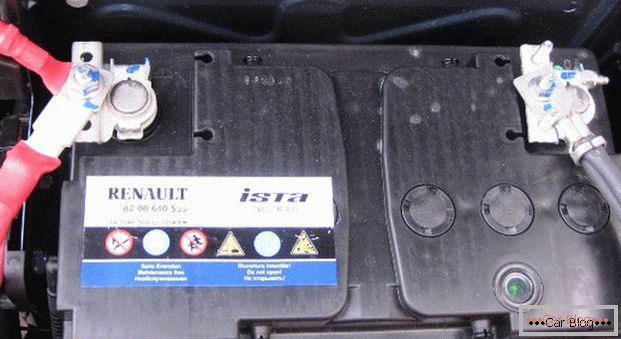
Battery terminals must be securely fastened.
If the water during washing does not get into the engine compartment, the above measures should be enough to bring the engine to a working condition.
In the case when the moisture has penetrated under the hood, you will have to make a number of additional efforts to bring the unit in order.
Tidy up the engine compartment
Starting inspection of the engine compartment of the car, which stubbornly refuses to start, you need to check the ignition system. It is in this part of the unit that the most frequent problems arise after the owner has carefully washed the power unit of his car.
In those cars that are equipped with a trambler design, it is necessary to disassemble the timer itself, and then remove the remaining moisture under the cover. And only when everything is properly blown and wiped, you can go to the armored cables, wiping them to dry condition. It is important to remember and candlestick wells - they must be thoroughly dried.
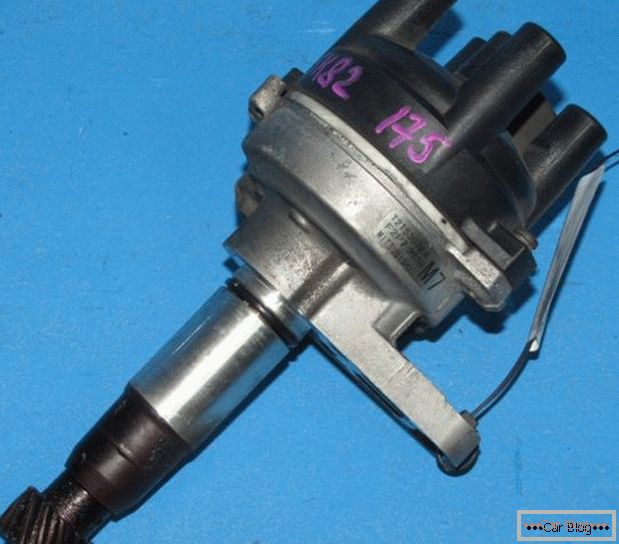
Photo timer
Speaking about candle wells blowing, it is worth noting the following: often when candles lit up during washing or under other circumstances, drivers try to start the car by using suction, but this strategy is ineffective. The best thing you can do to blow out the candles is to remove the choke, press the gas pedal, and start the engine. Thus, high-quality cleaning will be carried out, and the unit will start.
If it so happens that the car has a drumless ignition system, which is equipped with an individual coil for each individual cylinder, then you will have to be patient. Exposure will be needed in order to remove all the coils in turn, to blow and wipe the candle wells. In this situation, there is a plus and a minus: the cover of the distributor is more difficult to remove than the coils, but some of the coils may be difficult to access, which is also fraught with considerable effort and time.
When cleaning candles, make sure that they are in working condition. To do this, unscrew them and carefully examine.
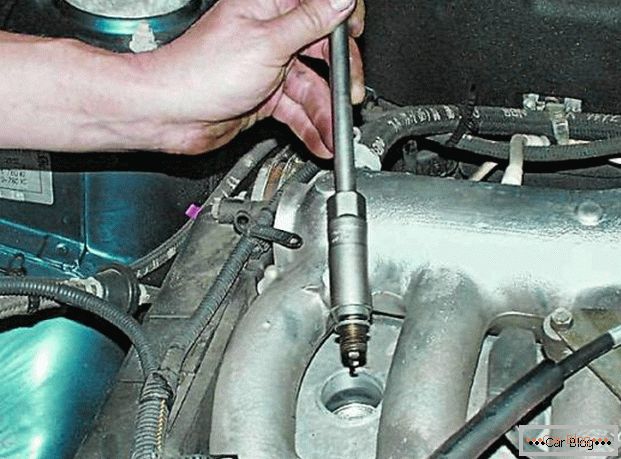
Spark plugs must be in working condition.
When all procedures are done, you can try to start the car.
To save yourself from contemplating how the car twitches or does not start, you need to clean the distributor cover, high-voltage wires, as well as the ignition coils from dirt and plaque, and lubricate them with WD-40 or silicone lubricant. Such measures will help not only to maintain the performance of the engine past the car wash, but also allow it to operate seamlessly in wet weather.
Another reason for the constant problems with the engine can be a breakdown in the armored cables or the distributor housing. In this state, the unit troit and the fact that the owner of the car just washed the body of his car. To fix the situation is quite simple - you need to find a part that has a crack (wires, distributor), and replace it.
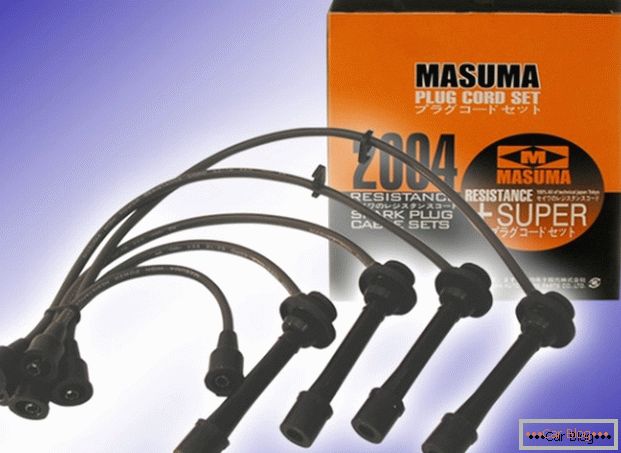
Bronoprovoda
Other faults
Occasionally, drivers encounter various engine problems that are not caused directly by power plant washing, and since some of these problems are common, they are worth knowing.
- For example, sometimes drivers, having underestimated the terrain on a particular stretch of road, drive into a puddle, which turns out to be unexpectedly deep. In such situations, the motor often stalls. If the unit is silent, then this means only one thing: water flooded the cover of the distributor, the wires and the coil. With such a diagnosis, it is not worth spending time trying to start the car. It is better to find a clean cloth and qualitatively wipe the flooded parts of the motor until dry. As a result, the unit, as a rule, starts.
If you don’t want to leave the car into the arms of a cold and deep pool, you can just wait 15-20 minutes - during this time the wires should have time to dry out.
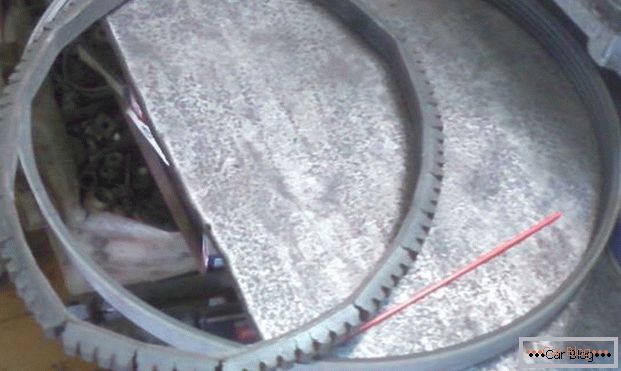
Torn timing belt
- Another unpleasant circumstance that drivers face is a suddenly stalled car. If there is a motor with a timing belt in a car, then, most likely, the cause of the unit's failure lies in its (belt) breakage. A sign of a broken belt is a starter motor that turns the engine faster than usual.
If the belt is all right, then you should follow these steps. Pay attention to the fuel pump and make sure that it pumps, check the spark (is it there), inspect the carburetor and make sure that it is not clogged, and there is no overflow (you need to remove the air filter cover to see if gasoline is pouring) .
- Electronic ignition can complicate life, because of problems with which the engine sometimes troit, and in some cases stalls. The insidiousness of this breakdown lies in the fact that it can make itself felt somewhere in the wilderness when there is no help waiting. To avoid such troubles, you need to check the ignition wires coming from the distributor to the candles before leaving.
Ignition wire test video:
If the wires are old, then there is a risk that they will periodically fly from the candles. Such jumps are dangerous for two reasons: a break in the power supply to the spark plug and overvoltage (when several wires fly off), which could cause the ignition coil to deteriorate. In turn, without this coil, the unit will not be able to start. Therefore, it is recommended that worn ignition wires be replaced without delay.
- Many motorists were faced with such a problem as a motor failure in the winter after perfect operation in the summer. Spare non-greased spark plugs and simple cylinder manipulations will help to get out of this uncomfortable situation.
Before you start the car in a minus temperature, you need to unscrew the spark plugs, pour 5 cubes of engine oil into any two cylinders with a syringe, and start up the engine with a little starter. When the procedure is completed, you can tighten the spare candles, and start the car. The unit should start without problems. In this situation, the oil helps for the reason that its presence in the cylinders significantly increases the compression, as a result of which the working mixture lights up and the engine starts.
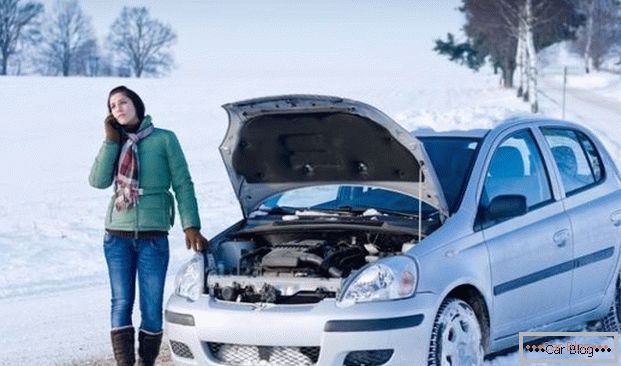
Car failure in the winter
The conclusion is simple: in order for the engine to start and not troil, it must be protected from moisture and always be ready for easy resuscitation of the engine compartment mechanisms.

